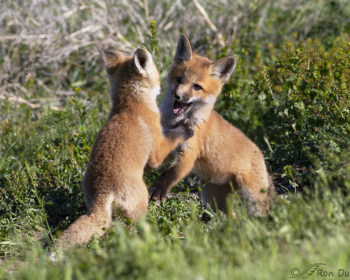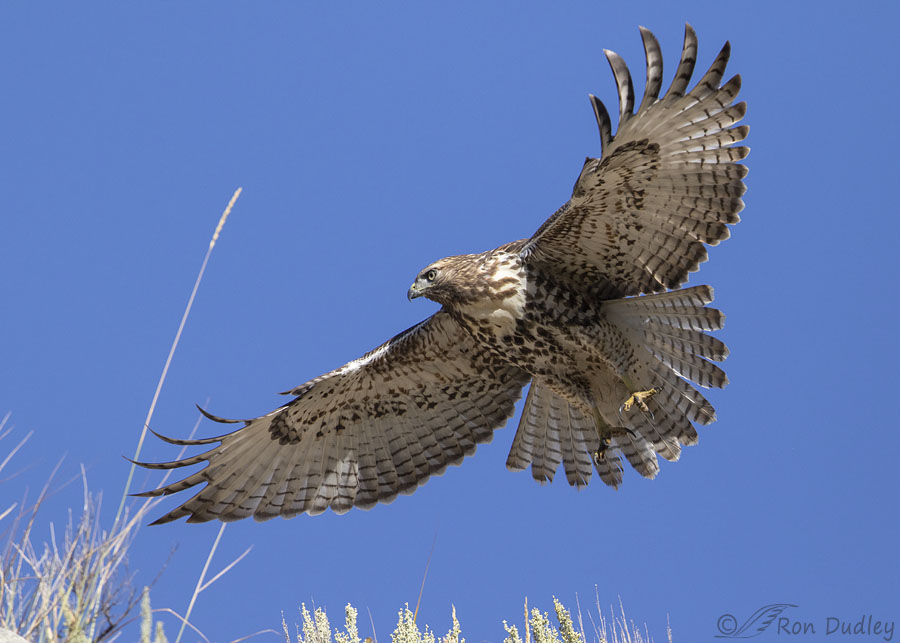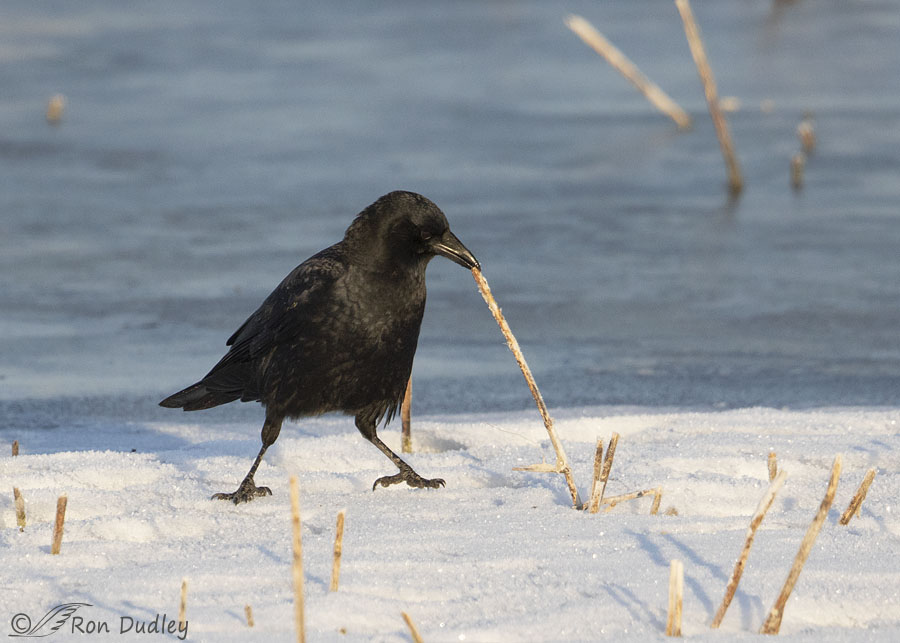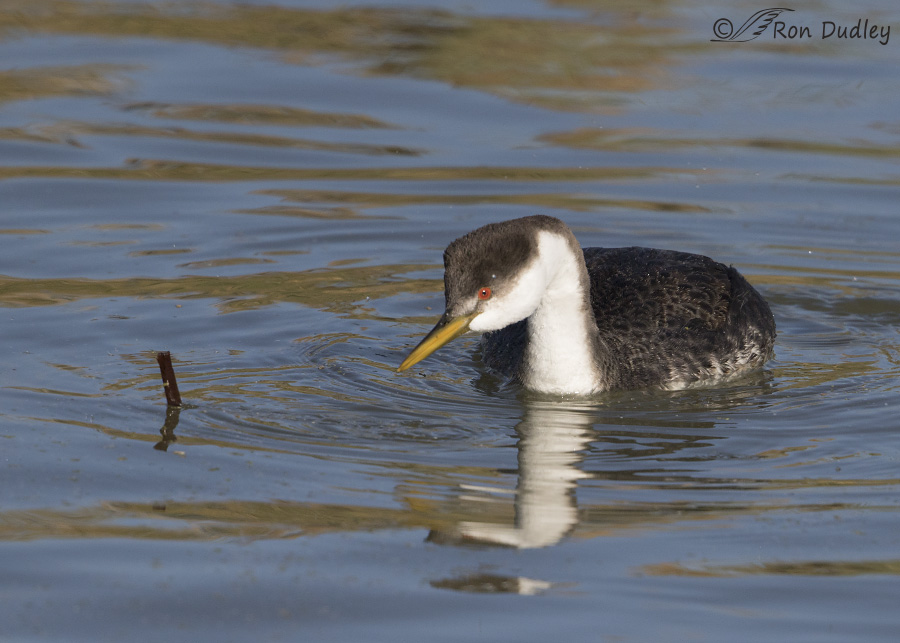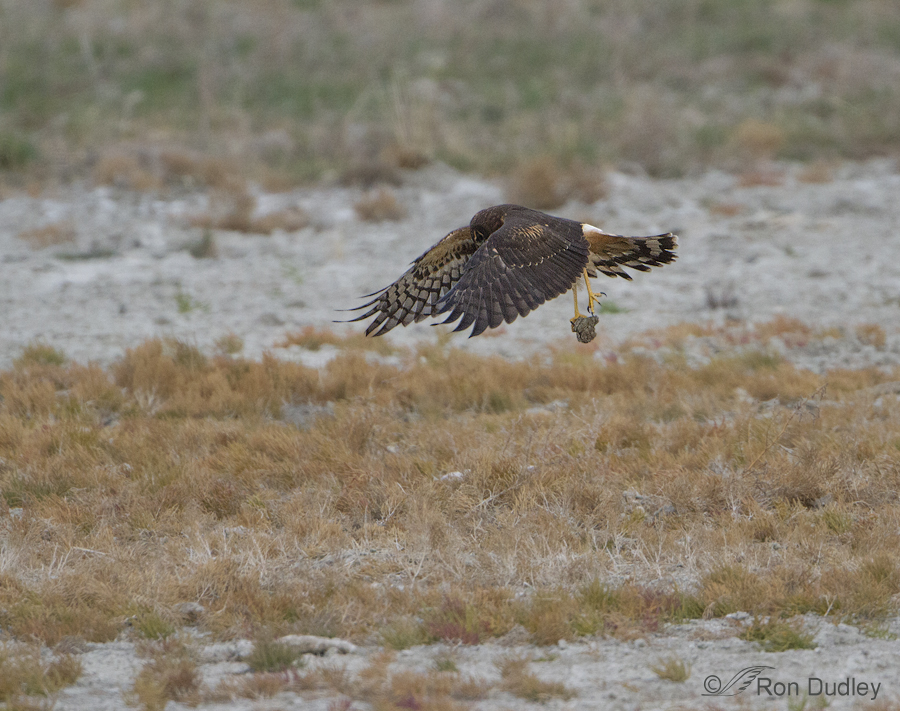Tag: play
Juvenile Red-tailed Hawk – The Rest Of The Story
What In The World Is This American Crow Doing?
A Playful Juvenile Western Grebe
Northern Harrier “Playing”
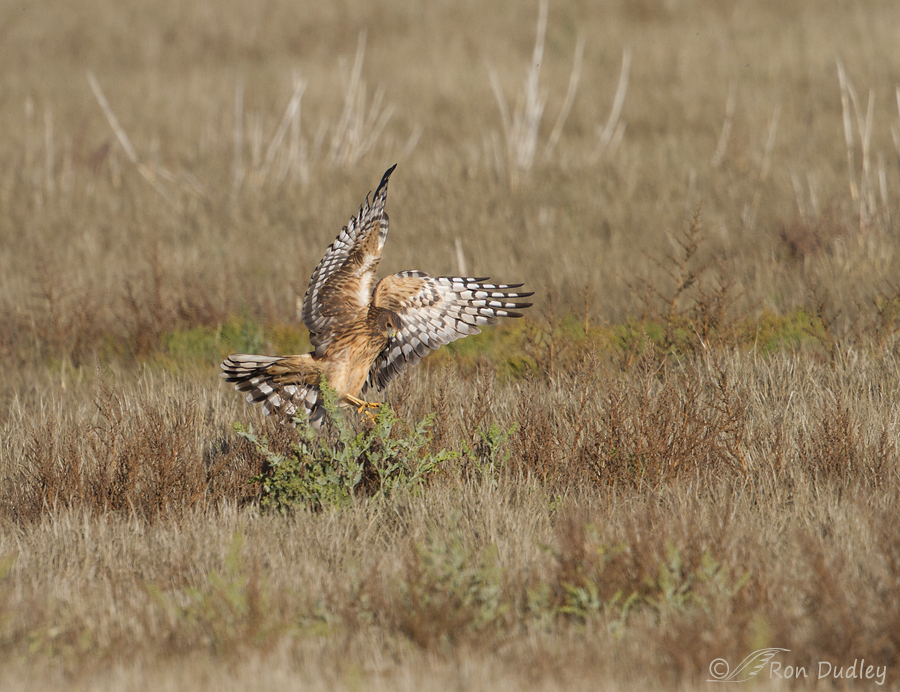
Play has been well documented in some bird species and I believe I photographed that behavior in a Northern Harrier this week. This bird was too far away for quality images but I think the behavior is well documented in the photographs. I first spotted this hawk on an ugly metal fence post but as soon as I stopped my pickup to watch it through my lens the wary bird took off. Almost immediately it performed a spectacular and classic harrier mid-air maneuver by changing directions and pouncing on something in the grasses. I presumed it to be a vole. For about two minutes the bird continually struggled, wrestled and pounced on something I couldn’t see. The activity was quite frenetic and I took many photos of it. As I watched through my lens I wondered if the harrier was trying to avoid being bitten by a vole or even a larger rodent. Eventually the harrier took off with its “prey”, which turned out to be dried cow poop. Cow pies are common in this area because refuge managers run cattle there in the summer in an attempt to control invasive phragmites (personally I’m not a fan of cattle on public lands but that’s another story…). The harrier carried the cow pie only a few feet… before dropping it. Whether that was done deliberately or not I don’t know but I suspect that it was because in the image just before this one (just as the pie…
Northern Harrier “Playing”
A Shrike Partially Consumes Its Own Pellet
This post is documentary only. The images are not aesthetically pleasing. Loggerhead Shrikes produce a pellet from an insect meal only 35.5 minutes (on average) after consumption. This is an amazingly fast turn-around time (Short-eared Owls average 8.5 hours before a pellet is produced from their rodent prey). When shrikes are consuming insects and spiders their pellets consist of the indigestible chitinous exoskeletons of those arthropods. I’ve seen and photographed Loggerhead Shrikes ejecting pellets many times but what I photographed on this August morning was new to me. Because of the cluttered setting I was mostly only watching this juvenile through my lens (not photographing it) when I could tell it was about to chuck up a pellet. Every time I’ve observed this behavior in the past the pellet was ejected quickly and cleanly and simply fell to the ground. But this bird had a surprise for me. It caught the pellet in the tip of its beak… and manipulated it there for some time. Then it very deliberately mashed up the pellet and appeared to be swallowing parts of it as other smaller pieces fell to the ground. My guess would be that about half of the pellet was consumed as the other half fell away, though I can’t be absolutely certain that any of it was actually eaten because my view of what was happening was not always a clear one. I wish I knew what was really going on here. This is the only time I’ve ever seen a bird (of any species) manipulate a pellet after…
Red Fox Kits At Play
Ok, here it is only the middle of January and I’ve already had my fill of frigid temperatures, snow and inversions. This post is my temporary escape from it all – to spring green, warm temperatures and cute animal babies. In May of 2010 I found a den of Red Fox Kits at Bear River Migratory Bird Refuge. The den was only about 15′ from the road edge and I never left my pickup or the road while photographing the youngsters. Some of the images here (there are lots of them) have technical issues of composition and light angle but hey, rambunctious fox kits are a challenge to photograph. At least that’s my excuse… The photography was frenetic. I used three different cameras and lenses (500mm with and without tc, 100-400 zoom and 17-85 zoom). I missed a lot of interesting shots while switching gear – fun and frustrating at the same time. I’m leaving out camera exif data this time – just too much work and I don’t have the time this morning. Sorry Dwynn… At first there was a single kit out of the den. Then there were two. Three. And finally, four – you can see the top of the head of the fourth one as it emerges from the den. This is the only shot I kept that included all four kits. These youngsters aren’t as red as one might expect because they were covered in gray dust from playing in the dirt and crawling through the den. I…
Rough-legged Hawk “Playing”
This post is about behavior. Please don’t expect high quality images… Last March I found this juvenile (I believe) Rough-legged Hawk along the Antelope Island causeway on a cold morning after a light snowfall. It was perched on a windrow of debris consisting mostly of piles of old brine fly pupae casings. For a while the bird seemed content to simply rest and watch me. But soon it apparently got bored… and walked about two feet to my right to investigate a clump of fly casings (red arrow) that had been cemented together by melting snow that had re-frozen during the night. The hawk reached over to grasp the clump with its talons… retrieved the clump,… transferred it to its beak and then instantly tossed it to the ground. I assumed that was that, figuring the bird had thought it might be something edible, then discarded it for good when it wasn’t. But that wasn’t what happened. The hawk grabbed the clump with its talons once again… and then seemed to contemplate for a few seconds about just what to do next. Which turned out to be something like “give the clump a toss and see where it lands”. The hawk immediately started walking over to where the clump had landed behind the mound of fly casings, where it can’t be seen in this image. It used its wings for a little more stability as it negotiated the hill of debris. …


